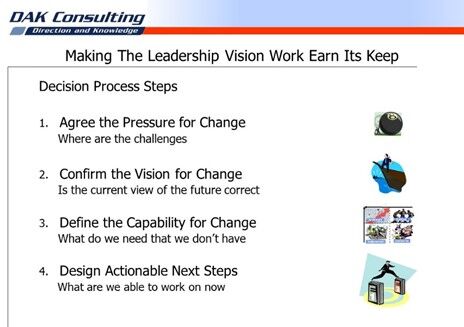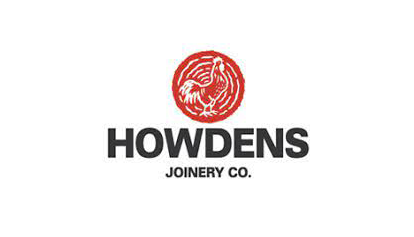
- Details
- Category: Blog
I went to Japan in 1993 on a study tour and visited a manufacturer making lighting that had achieved 8 hours between intervention across their end to end process. The benefits to the business were many.
The ability to flex production to meet seasonal demand, better yields, lower cost. Other gains included safer, cleaner working environment, fully engaged organisation. I listened to the company leaders who explained how they had achieved it. From an engineering perspective, it all made perfect sense. The thing that really blew me away was that 4 years earlier someone in the leadership team had the insight to spell out that vision and the ability to get the rest of the organisation behind it. Just like Kennedy when setting the challenge of landing on the moon, the path was not clear. The solutions would need to evolve as each new challenge presented itself.
Without that first step and the aligned vision, there may have been some progress because these were bright, motivated people but it is unlikely that they would have achieved the same "step out" level of performance.
What is the Purpose of A Business Vision?
So why is that? What purpose does a business vision serve….is an ambitious "step out" vision all that is needed to succeed, would anybody miss it if it wasn't there?
At least part of the answer lies in the role vision plays in how leadership teams make decisions about the longer term (3 to 5 year) future.
Long term planning decisions are made in conditions of uncertainty. Even without something like Brexit, the detail of how the future will evolve is unclear.
The classic data capture and analysis problem solving model doesn't work. The reality will evolve over time and the impact of decisions made today will only be known at some future date.
The Matrix above summarises the range of decision making styles available. What it also sets illustrates is the impact that vision has on the way an organisation takes decisions.
If the business vision is unclear, woolly or ignored, even with a clear understanding of what it takes to succeed, decisions will be driven by political priorities. He who shouts loudest wins. This lack of clarity will infect the whole of the organisation, reinforcing silo thinking and political infighting.
The role of vision then, is provide a basis for judgement when we are not sure about next steps. Without it we are reduced to guessing.
How does that work in reality?
 In most cases, organisations will have some idea of what the future holds. You can guarantee that someone will win the lottery but getting the right numbers to do it yourself is more problematic. In the same way we can be confident of what customers are likely to want in terms of Quality, Cost and Delivery in 5 years time compared to today, we know roughly the direction of travel even if we don't know the detail. The same is true of the future direction of legislation, technological change and unfortunately environmental conditions.
In most cases, organisations will have some idea of what the future holds. You can guarantee that someone will win the lottery but getting the right numbers to do it yourself is more problematic. In the same way we can be confident of what customers are likely to want in terms of Quality, Cost and Delivery in 5 years time compared to today, we know roughly the direction of travel even if we don't know the detail. The same is true of the future direction of legislation, technological change and unfortunately environmental conditions.
Of course, as human beings we are hard wired to have a bias towards what we know today and what has worked for us before but these biases can be overcome by adopting a work process that taps into their collective wisdom of the leadership team. That is because a typical leadership teams consists of those with commercial/customer market understanding, those with operational know how and those with technology smarts. Not everyone will have the same level of competence in each area so they will make the best decisions when their vision of what is needed is aligned.
To achieve that the leadership team need to adopt a systematic decision process to achieve the outcomes in the right hand graphic. This is an iterative, dynamic process that includes actions to take stock, explore and try out ideas, improve insight, share learning and move on. In organisations that do this well, they understand that they need to adapt as opportunities and challenges appear on their medium term (12 month) planning horizon.
Typically this involves changes to current operations in the form of new products/services, new assets, use of new technology. To do that they set up their organisations to improve capability on the cause/effect side of the above decision making matrix which frees up time and resources as they make progress.
As with the lighting company I visited way back in 1993, the impact on the business can be significant.
The road map used by that company was the TPM Master plan. To find out more, why not check out this short video and pdf notes on our website








